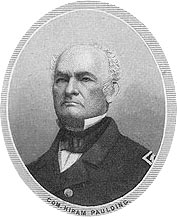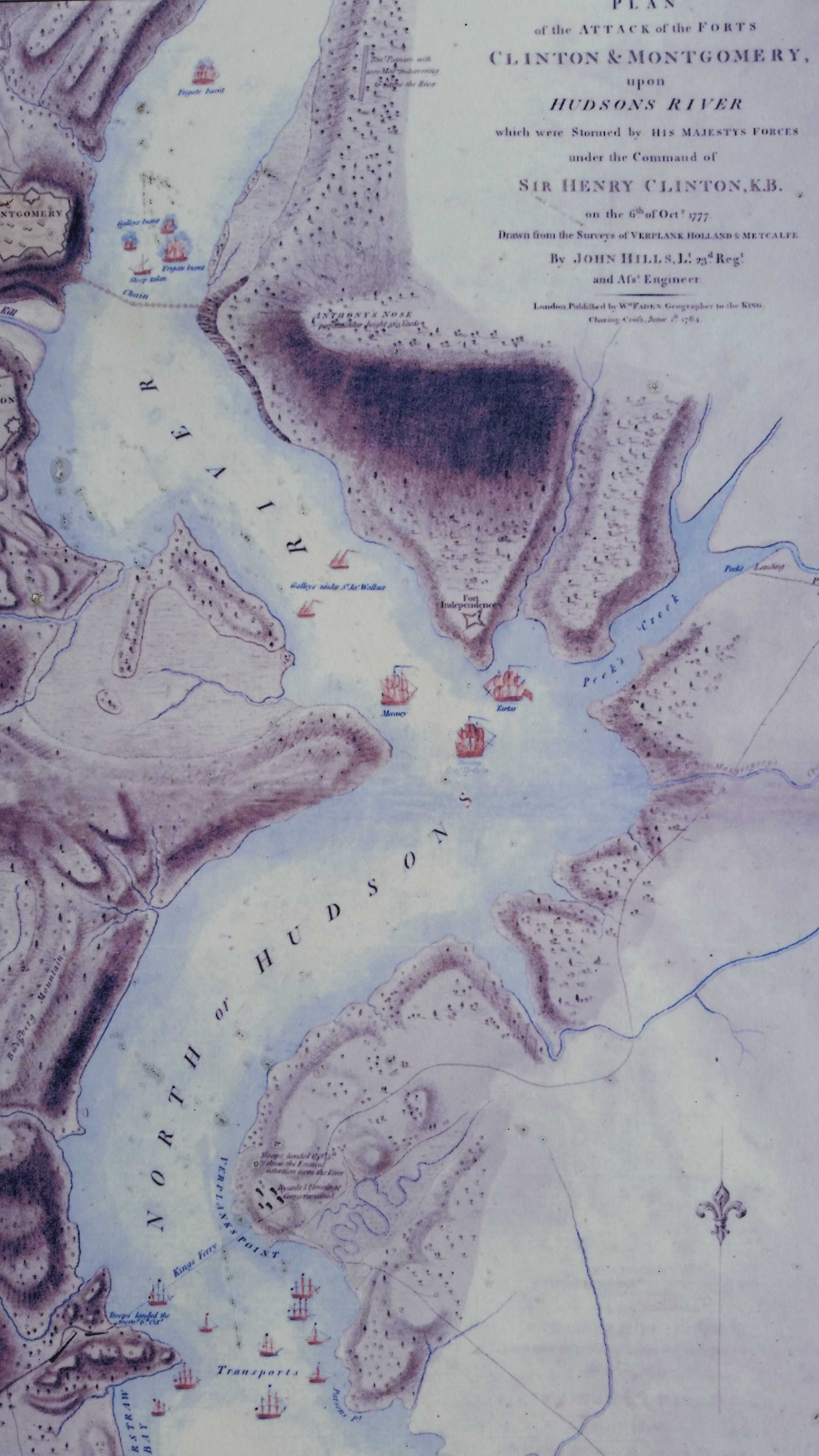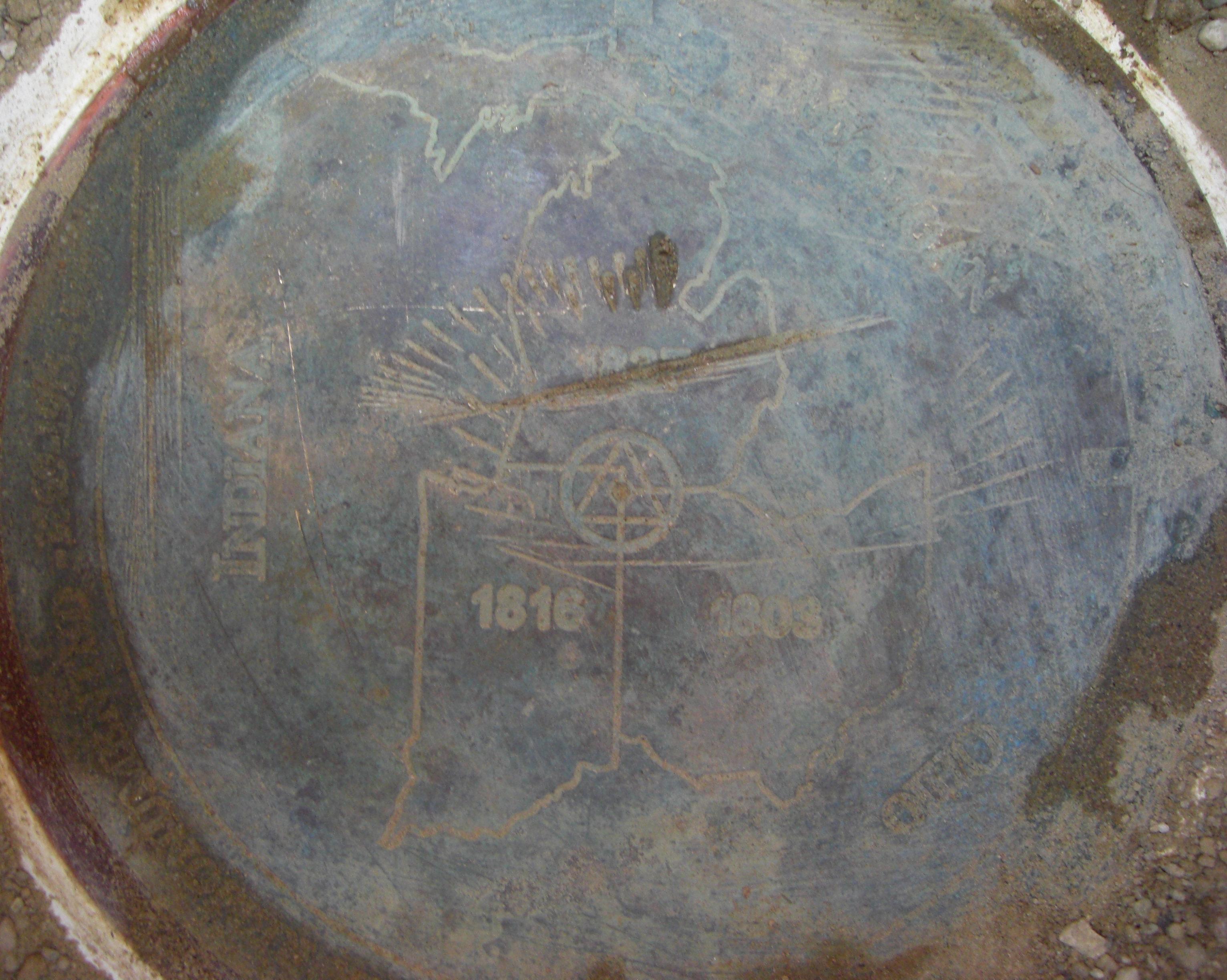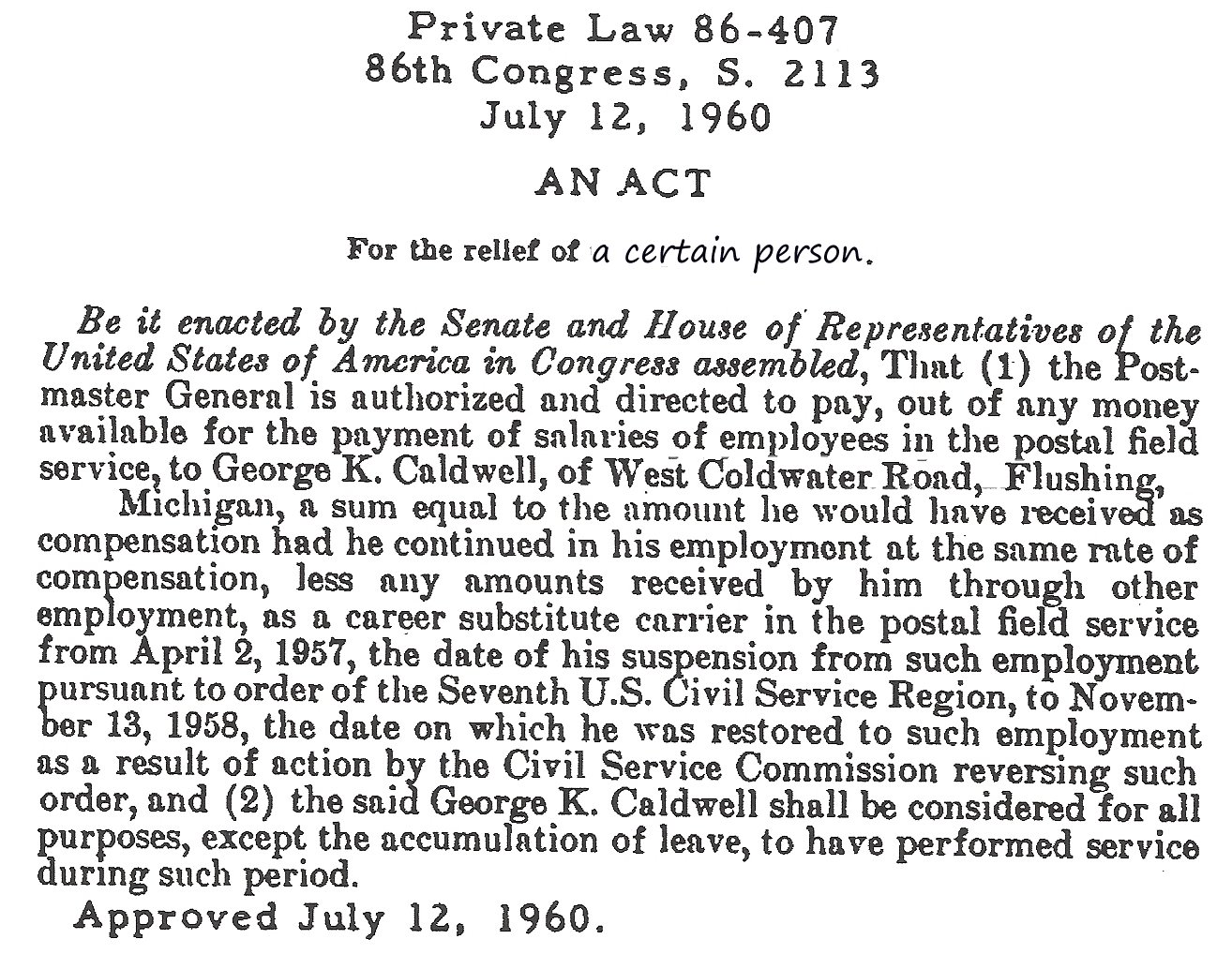|
John Paulding
John Paulding (October 16, 1758 – February 18, 1818) was an American militiaman from the state of New York during the American Revolution. In 1780, he was one of three men who captured Major John André, a British spy associated with the treason of Continental general and commandant of West Point Benedict Arnold. Andre was convicted and hanged.Cray, pp. 371-397Raymond, pp. 11-17 American Revolution While visiting his future wife, Sarah Tidd, Paulding was captured by Tories, or Loyalists, led by his future brother-in-law. He was held in the notorious "Sugar House" prison in New York City in 1780, then occupied by British forces. He escaped by jumping from a window. He went to the livery stable of a friend and acquired a German military Jäger or Hessian coat, green with red trim, associated with the British mercenaries, which he wore to evade notice. As part of an armed patrol in Westchester County, with fellow militiamen David Williams and Isaac Van Wart,Cray, pp. 371-397 ... [...More Info...] [...Related Items...] OR: [Wikipedia] [Google] [Baidu] |
Peekskill, New York
Peekskill is a city in northwestern Westchester County, New York, United States, from New York City. Established as a village in 1816, it was incorporated as a city in 1940. It lies on a bay along the east side of the Hudson River, across from Jones Point in Rockland County. The population was 25,431 at the 2020 US census, an increase over 23,583 during the 2010 census. It is the third largest municipality in northern Westchester County, after the towns of Cortlandt and Yorktown. The area was an early American industrial center, primarily for iron plow and stove products. The Binney & Smith Company, now named Crayola LLC and makers of Crayola products, is linked to the Peekskill Chemical Company founded by Joseph Binney at Annsville in 1864, and succeeded by a partnership by his son Edwin and nephew Harold Smith in 1885. The well-publicized Peekskill Riots of 1949 involved attacks and a lynching-in-effigy occasioned by Paul Robeson's benefit concerts for the Civil R ... [...More Info...] [...Related Items...] OR: [Wikipedia] [Google] [Baidu] |
Hessian (soldier)
Hessians ( or ) were German soldiers who served as auxiliaries to the British Army during the American Revolutionary War. The term is an American synecdoche for all Germans who fought on the British side, since 65% came from the German states of Hesse-Kassel and Hesse-Hanau. Known for their discipline and martial prowess, around 30,000 Germans fought for the British during the war, comprising a quarter of British land forces. While regarded, both contemporaneously and historiographically, as mercenaries, Hessians were legally distinguished as auxiliaries: whereas mercenaries served a foreign government of their own accord, auxiliaries were soldiers hired out to a foreign party by their own government, to which they remained in service. Auxiliaries were a major source of income for many small and relatively poor German states, typically serving in wars in which their governments were neutral. Like most auxiliaries of this period, Hessians served with foreign armies as entire uni ... [...More Info...] [...Related Items...] OR: [Wikipedia] [Google] [Baidu] |
Williams County, Ohio
Williams County is a county located in the U.S. state of Ohio. As of the 2020 census, the population was 37,102. Its county seat is Bryan. The county was created in 1820 and later organized in 1824. It is named for David Williams, one of the captors of John André in the American Revolutionary War. Geography According to the U.S. Census Bureau, the county has a total area of , of which is land and (0.5%) is water. Adjacent counties * Hillsdale County, Michigan (north) * Fulton County (east) * Henry County (southeast) * Defiance County (south) * DeKalb County, Indiana (southwest) * Steuben County, Indiana (northwest) Demographics 2000 census As of the census of 2000, there were 39,188 people, 15,105 households, and 10,664 families living in the county. The population density was 93 people per square mile (36/km2). There were 16,140 housing units at an average density of 38 per square mile (15/km2). The racial makeup of the county was 96.51% White, 0.72% Black or A ... [...More Info...] [...Related Items...] OR: [Wikipedia] [Google] [Baidu] |
Van Wert County, Ohio
Van Wert County is a county located in the U.S. state of Ohio. As of the 2020 census, the population was 28,931. Its county seat is Van Wert. The county was created in February 12, 1820 and later organized on March 18, 1837. It is named for Isaac Van Wart, one of the captors of John André in the American Revolutionary War. Van Wert County comprises the Van Wert, OH Micropolitan Statistical Area, which is included within the Lima-Van Wert- Celina, OH Combined Statistical Area. Geography According to the U.S. Census Bureau, the county has a total area of , of which is land and (0.3%) is water. Adjacent counties * Paulding County (north) * Putnam County (northeast) * Allen County, Ohio (east) * Auglaize County (southeast) * Mercer County (south) * Adams County, Indiana (southwest) * Allen County, Indiana (northwest) Demographics 2000 census As of the 2000 census, there were 29,659 people, 11,587 households and 8,354 families living in the county. The population dens ... [...More Info...] [...Related Items...] OR: [Wikipedia] [Google] [Baidu] |
Paulding County, Ohio
Paulding County is a county located in the U.S. state of Ohio. As of the 2020 census, the population was about 18,806. Its county seat is Paulding. The county was created in 1820 and later organized in 1839. It is named for John Paulding, one of the captors of Major John André in the American Revolutionary War. History The Ottawa tribe of Native Americans were the prevalent occupants of the region before Europeans arrived in North America following the 1492 expedition of Christopher Columbus. By 1750, however, there were Miamis, Prankaahaws, Delawares, Shawnee, Kickapoos, Muscounteres, Huron, Weas, Wyandotts and Mohawks. Under the Northwest Ordinance of 1787, the Continental Congress opened what is now Ohio, Indiana, Illinois, Michigan, and Wisconsin to settlement. However, the Treaty of Paris that ended the American Revolution in 1783 allowed the British to remain in the Northwest Territory until matters were resolved with the Indians. General Washington sent General "M ... [...More Info...] [...Related Items...] OR: [Wikipedia] [Google] [Baidu] |
Ohio
Ohio () is a state in the Midwestern region of the United States. Of the fifty U.S. states, it is the 34th-largest by area, and with a population of nearly 11.8 million, is the seventh-most populous and tenth-most densely populated. The state's capital and largest city is Columbus, with the Columbus metro area, Greater Cincinnati, and Greater Cleveland being the largest metropolitan areas. Ohio is bordered by Lake Erie to the north, Pennsylvania to the east, West Virginia to the southeast, Kentucky to the southwest, Indiana to the west, and Michigan to the northwest. Ohio is historically known as the "Buckeye State" after its Ohio buckeye trees, and Ohioans are also known as "Buckeyes". Its state flag is the only non-rectangular flag of all the U.S. states. Ohio takes its name from the Ohio River, which in turn originated from the Seneca word ''ohiːyo'', meaning "good river", "great river", or "large creek". The state arose from the lands west of the Appalachian Mountai ... [...More Info...] [...Related Items...] OR: [Wikipedia] [Google] [Baidu] |
Act Of Congress
An Act of Congress is a statute enacted by the United States Congress. Acts may apply only to individual entities (called Public and private bills, private laws), or to the general public (Public and private bills, public laws). For a Bill (law), bill to become an act, the text must pass through both houses with a majority, then be either signed into law by the president of the United States, be left unsigned for ten days (excluding Sundays) while Congress remains in session, or, if vetoed by the president, receive a congressional override from of both houses. Public law, private law, designation In the United States, Acts of Congress are designated as either public laws, relating to the general public, or private laws, relating to specific institutions or individuals. Since 1957, all Acts of Congress have been designated as "Public Law X–Y" or "Private Law X–Y", where X is the number of the Congress and Y refers to the sequential order of the bill (when it was enacted). ... [...More Info...] [...Related Items...] OR: [Wikipedia] [Google] [Baidu] |
Fidelity Medallion
The Fidelity Medallion is the oldest decoration of the United States military and was created by act of the Continental Congress in 1780. Also known as the "André Capture Medal", the Fidelity Medallion was awarded to those soldiers who participated in the capture of Major John André, of the British Army, who had been the contact to Benedict Arnold and had helped organize his defection. Historical records indicate that three soldiers, all members of the militia of New York state, were awarded the Fidelity Medallion after its first issuance: Private John Paulding, Private David Williams, and Private Isaac Van Wart. The obverse of the medallion was inscribed ""; the reverse, with the motto, "", which means, "The love of country conquers." The Fidelity Medallion was never again bestowed and it quickly became regarded as a commemorative decoration. For this reason, the Badge of Military Merit is generally considered the first decoration of the U.S. military, even though i ... [...More Info...] [...Related Items...] OR: [Wikipedia] [Google] [Baidu] |
George Washington
George Washington (February 22, 1732, 1799) was an American military officer, statesman, and Founding Father who served as the first president of the United States from 1789 to 1797. Appointed by the Continental Congress as commander of the Continental Army, Washington led the Patriot forces to victory in the American Revolutionary War and served as the president of the Constitutional Convention of 1787, which created the Constitution of the United States and the American federal government. Washington has been called the " Father of his Country" for his manifold leadership in the formative days of the country. Washington's first public office was serving as the official surveyor of Culpeper County, Virginia, from 1749 to 1750. Subsequently, he received his first military training (as well as a command with the Virginia Regiment) during the French and Indian War. He was later elected to the Virginia House of Burgesses and was named a delegate to the Continental Congress ... [...More Info...] [...Related Items...] OR: [Wikipedia] [Google] [Baidu] |
Continental Army
The Continental Army was the army of the United Colonies (the Thirteen Colonies) in the Revolutionary-era United States. It was formed by the Second Continental Congress after the outbreak of the American Revolutionary War, and was established by a resolution of Congress on June 14, 1775. The Continental Army was created to coordinate military efforts of the Colonies in their war for independence against the British, who sought to keep their American lands under control. General George Washington was the commander-in-chief of the army throughout the war. The Continental Army was supplemented by local militias and volunteer troops that were either loyal to individual states or otherwise independent. Most of the Continental Army was disbanded in 1783 after the Treaty of Paris formally ended the fighting. The 1st and 2nd Regiments of the Army went on to form what was to become the Legion of the United States in 1792. This became the foundation of what is now the United States ... [...More Info...] [...Related Items...] OR: [Wikipedia] [Google] [Baidu] |
Tarrytown, New York
Tarrytown is a village in the town of Greenburgh in Westchester County, New York. It is located on the eastern bank of the Hudson River, approximately north of Midtown Manhattan in New York City, and is served by a stop on the Metro-North Hudson Line. To the north of Tarrytown is the village of Sleepy Hollow (formerly "North Tarrytown"), to the south the village of Irvington and to the east unincorporated parts of Greenburgh. The Tappan Zee Bridge crosses the Hudson at Tarrytown, carrying the New York State Thruway (Interstates 87 and 287) to South Nyack, Rockland County and points in Upstate New York. The population was 11,860 at the 2020 census. History The Native American Weckquaesgeek tribe, who were closely related to the Wappinger Confederacy and further related to the Mohicans, lived in the area prior to European settlement. They fished the Hudson River for shad, oysters and other shellfish. Their principal settlement was at what is now the foot of Chur ... [...More Info...] [...Related Items...] OR: [Wikipedia] [Google] [Baidu] |









